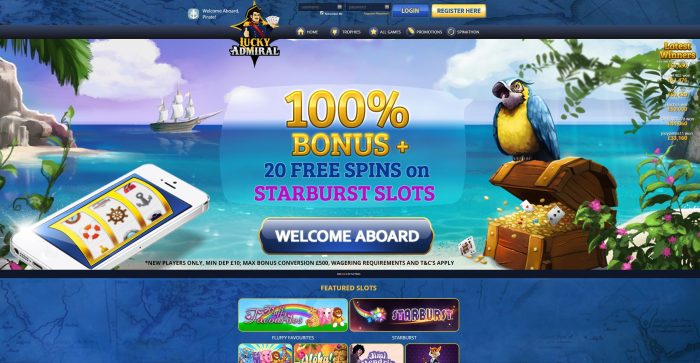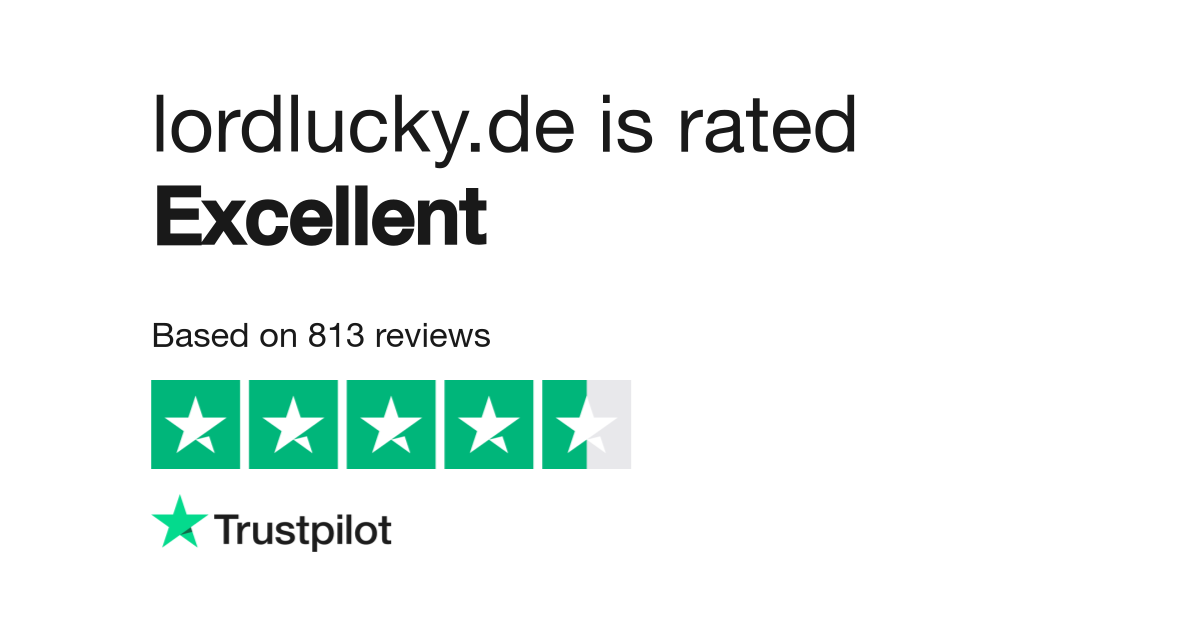Customer Retention Strategies practical examples, tactics, and KPIs
Personalized messaging enables you to foster meaningful relationships and create an emotional connection with customers, setting you apart from the competition. Businesses that leverage customer segmentation and personalization see higher engagement and retention. Offering loyal customer discounts, special gifts, savings on upsells, and more can help customers see that they have a lot to gain by sticking with a company that values them.
As you’ll see below, there are a lot of tactics that can go into your customer retention strategy, but the important thing is to have a strategy. Customer retention is something brands should be actively thinking about and striving for. Studies have shown that acquiring a new customer can cost up to 7 times more than retaining an existing one. Increasing customer retention by just 5% can increase profits by up to 95%. Selling to an existing customer has a success rate of 60-70%, compared to 5-20% for a new customer. Investing in customer success — especially when it comes to customer retention — can pay off in a big way.
Customer effort score
Below, we elaborate on 24 detailed customer retention strategies to create a strong customer retention plan, improve customer engagement, and reduce churn. Companies that use these retention strategies see their profits jump up to 95% with just a 5% boost in retention rates. On top of that, loyal customers spend 67% more than new ones, which makes these strategies crucial for success over time.
strategies to improve customer retention rates
- A well-designed program can boost customer retention by making customers feel appreciated and incentivizing them to stay loyal to your brand.
- Marketing techniques for retention are designed to boost customer satisfaction and increase their lifetime value.
- If a customer has a complaint, listen carefully, apologize sincerely, and do what you can to fix the issue.
- When customers know you care about their opinion and actually do something with it, they’re more likely to stay loyal.
- Keeping your customers happy and loyal takes more than just a good product or service.
Customer retention rate is the percentage of current customers who continue using the product over a specific period, like a month or year. Daniela Ochoa is the go-to Content Marketing Specialist at Thinkific Plus. With years of experience in marketing and communications, she is passionate about helping businesses grow through strategic customer education, content marketing, and online learning at scale. Customer lifetime value (CLV) is another essential metric to track when measuring customer retention. This metric reflects expected revenue from an average customer during their lifetime relationship with your company. In this article, you’ll learn all there is to know about customer loyalty and retention, including benefits, implementation, and strategies.
Establishing a following for your product or service can encourage prospective customers to join in on the benefit of an active community. I suggest you use customer testimonials and information to attract new customers, and to convince existing ones to stick around or upgrade their products. And seeing that lots of other brands and individuals like you use a product actually makes you want to do it, too — FOMO is a powerful marketing and retention tactic. One of their most innovative customer retention moves is the Mobile Order & Pay feature within the app. Thanks to the feature, customers can order their coffee before they even arrive at the shop. Instead of hiring more reps, Santa Cruz Bicycles turned to customer service tools.
When you know that the customer journey doesn’t stop at acquisition, you look at the customer retention as part of a growth mindset. It also provides a robust knowledge base that helps your customers to find answers independently. By integrating with various communication channels such as chat, social media, mobile apps, and websites, Knowmax ensures consistent and fluid information delivery across all touchpoints. By focusing on these strategies, businesses set themselves up for long-term growth, improved satisfaction, and a more sustainable bottom line. Additionally, by providing helpful resources, you build trust with customers who view you as a reliable source of information and support. With enough effort, customers will begin to see you as an expert in your industry, which increases brand reputation and attracts new customers.
When you think of bath bombs, the product is almost synonymous with cosmetics company Lush. While Lush offers much more than just bath bombs, they’re the product that made the company stand out from so many other cosmetics companies. While responding to problems as quickly as possible is a great retention tactic, it’s also important to be proactive — not just reactive. This means using customer data to learn about your customers — including the differences between what they say and what they do — and anticipate their needs. The brands that are best at this strategy can often anticipate a customer’s needs even before the customer themselves.
Engaged customers are more likely to participate in promotions, provide feedback, and engage with content, creating a more dynamic and interactive relationship. Retention specialists create and run programs to build customer loyalty. They focus on making customers feel valued while solving common problems quickly. The core team manages relationships, handles issues fast, and finds opportunities for additional sales. The best retention specialists combine sales skills with strong people skills and genuine enthusiasm for helping customers.
Your business growth’s foundations depend on these strategies because they directly affect your recurring revenue margins. Retaining customers is about building meaningful relationships, offering value, and creating experiences they won’t forget. Whether through personalized interactions, seamless loyalty programs, or engaging rewards, every effort counts toward turning one-time shoppers into lifelong advocates. Customer retention is a metric that business uses to measure customer loyalty over time and gauge overall success.
Transparent and responsive review management builds strong customer relationships. Customer reviews influence buying decisions and help businesses improve their offerings. A customer-centric culture prioritizes customer experience and satisfaction at every touchpoint. Engaged and empowered employees play a key role in shaping positive customer interactions. Most of all, your customer support team should be able to apologize and fix mistakes. This can happen within the customer conversation, or happen in the marketing that occurs afterwards – but customers should feel as though their complaints have been heard and resolved.
Are there any pain points or journey breaks that can disrupt the experience? A high level of customer service should be provided across the customer’s lifetime. Customer retention covers https://officialbet365.com/ all the activities a business does to retain customers for as long as possible.

